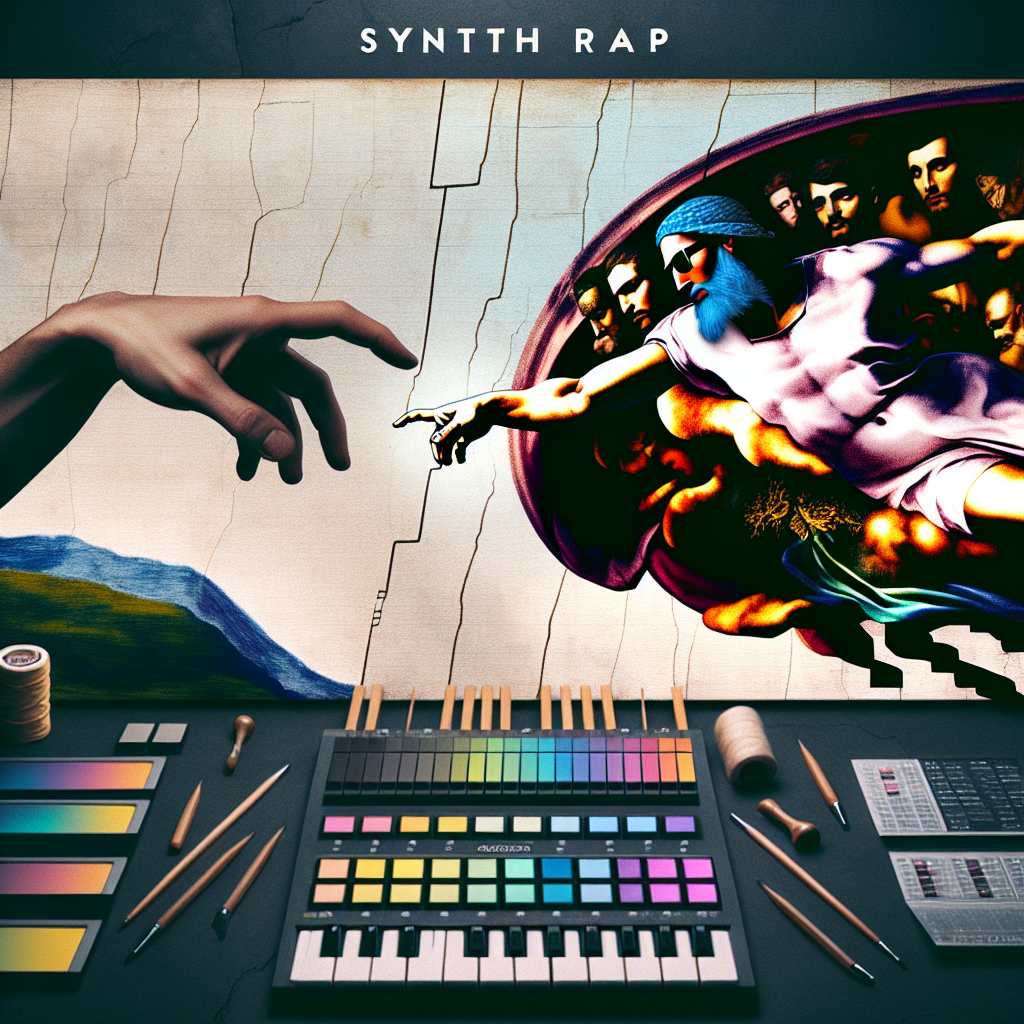-
Table of Contents
“`html
Synth Rap: Electronic Beats Meet Hip-Hop

Synth Rap is a dynamic fusion of electronic music and hip-hop, creating a unique soundscape that has captivated audiences worldwide. This genre blends the rhythmic and lyrical prowess of hip-hop with the innovative and diverse sounds of electronic music. In this article, we explore the evolution, key characteristics, and impact of Synth Rap, providing valuable insights into this exciting musical genre.
Top 5 Tips for Understanding Synth Rap
- Explore the roots of both electronic music and hip-hop to understand their fusion.
- Listen to pioneering artists who have shaped the genre.
- Pay attention to the production techniques that define Synth Rap.
- Understand the cultural and social influences that drive the genre.
- Stay updated with emerging artists and trends in Synth Rap.
The Evolution of Synth Rap
Origins and Influences
The origins of Synth Rap can be traced back to the late 20th century when electronic music and hip-hop began to intersect. Artists like Afrika Bambaataa and Kraftwerk laid the groundwork by experimenting with electronic sounds in hip-hop tracks. This fusion was further popularized in the 1980s and 1990s as technology advanced, allowing for more sophisticated production techniques.
Key Milestones
One of the pivotal moments in Synth Rap was the release of Kanye West’s “808s & Heartbreak” in 2008. This album showcased the potential of synthesizers and auto-tune in hip-hop, influencing a new wave of artists. Another significant milestone was the rise of artists like Travis Scott and Lil Uzi Vert, who embraced electronic elements to create chart-topping hits.
Characteristics of Synth Rap
Production Techniques
Synth Rap is characterized by its use of synthesizers, drum machines, and digital audio workstations (DAWs). Producers often employ techniques such as sampling, looping, and layering to create complex soundscapes. The genre also frequently incorporates auto-tune and vocal effects to enhance the lyrical delivery.
Lyrical Themes
While Synth Rap maintains the storytelling and expressive nature of traditional hip-hop, it often explores themes of futurism, technology, and existentialism. The lyrics can range from introspective and emotional to energetic and rebellious, reflecting the diverse influences of the genre.
Impact and Influence
Cultural Significance
Synth Rap has had a profound impact on both the music industry and popular culture. It has challenged traditional genre boundaries, encouraging artists to experiment and innovate. The genre’s emphasis on technology and digital production has also influenced fashion, art, and media, contributing to a broader cultural movement.
Commercial Success
The commercial success of Synth Rap is evident in its widespread popularity and chart performance. According to a report by Nielsen Music, hip-hop and R&B accounted for 28.2% of all music consumption in the United States in 2020, with Synth Rap playing a significant role in this growth.
Conclusion
Synth Rap represents a bold and innovative fusion of electronic music and hip-hop, offering a fresh and exciting sound that continues to evolve. By understanding its origins, characteristics, and impact, listeners can appreciate the genre’s complexity and cultural significance. As technology and music continue to intersect, Synth Rap is poised to remain a vital and influential force in the music industry.
For further reading on the history of hip-hop, visit Wikipedia.
“`




